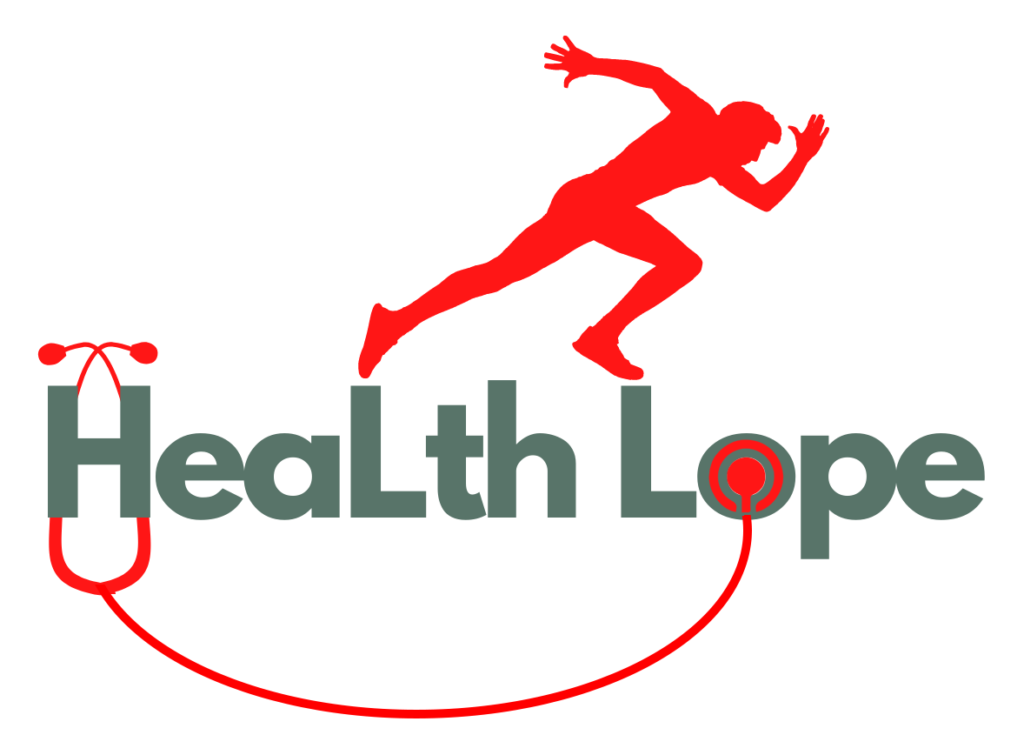
Tongue thrust is a condition in which the tongue protrudes from the mouth more than is expected. If left untreated, it can result in speech, posture, and dental problems. Different methods can treat tongue thrust, including speech therapy, habit counseling, and tongue crib placement.
Welcome! Today, we will tackle a topic many overlook, but it can have severe implications for children and adults if ignored.
This blog will provide an overview of tongue thrust, its causes and signs, how to identify tongue thrust in children and adults, and treatment options.

Did You Know What Tongue Thrust Is?
Tongue thrust is also known as an orofacial myofunctional disorder (OMD). It is the incorrect tongue positioning relative to the teeth and lips when speaking, swallowing, or resting. This can lead to many issues, including speech impediments, poor posture, malocclusion (misalignment of the teeth), and even difficulty eating. It is often seen in young children but can also occur in adults.
General Causes of Tongue Thrust
The exact cause of this condition is not fully understood. However, many experts believe a combination of genetic and environmental factors causes it.
Genetic factors may include a family history or other Orofacial myofunctional disorders (OMDs).
Environmental factors may include thumb-sucking, mouth breathing, and incorrect tongue placement during feeding. A cleft palate or other congenital disabilities can also cause this medical condition.
Also Read: The Best Diet For PCOS in 2024
Signs and Symptoms of Tongue Thrust
The signs and symptoms of tongue thrust can vary depending on the individual. Common signs and symptoms include:
- Protruding of the tongue when at rest
- Difficulty producing certain sounds
- Swallowing with the tongue pushed forward
- Poor posture
- Malocclusion of the teeth
- Open mouth breathing
If untreated, it can lead to other speech and dental issues.
Tongue Thrust In Children

It is common to see tongue thirst in children, especially in those babies who are bottle-fed or breastfed. This swallowing pattern evolves with time as the child grows older.
In some cases, using some pacifiers and certain types of bottle nipples (wide-based or angled nipples) causes abnormal thrust in children. This tongue thirst does not last with infancy and enters early childhood as uncommon behavior.
Causes
- Tongue tie: It is a potential cause of tongue thrust in children. A condition in which a group of tissues below the tongue is short or tight.
- Allergies: Certain allergies, including adenoid and swollen tonsils, can also cause thrust in children.
- Poor swallowing habits are also known as reverse swallowing.
Diagnoses
It is often most effortless to identify in young children. If you suspect your child may have tongue thrust, look for the signs and symptoms listed above. It is also essential to observe your child’s speech and swallowing patterns.
If you notice any signs of tongue thrust, it is important to seek treatment. An experienced speech-language pathologist (SLP) can assess your child and provide a diagnosis.
Tongue Thrust In Adults

It is an uncommon condition in adults that people may carry into adulthood as they did not leave this habit in childhood.
People with tongue thirst may have some difficulty in speaking and swallowing.
They may have elongated facial structures due to tongue thirst, which causes them to be unable to close their mouths properly. They may also experience an “ open bite,” in which they face trouble while eating.
Causes
In some cases, tongue thirst in adults could have developed due to allergies, such as adenoids and tonsils. Stress is another factor contributing to thrust development in adulthood.
Diagnosis
Identifying this condition in adults can be more challenging. One of the best ways to do so is to observe their speech and swallowing patterns. If you notice any of these signs, it is essential to seek treatment.
A speech-language pathologist (SLP) can assess an adult and provide a diagnosis. Additionally, your dentist can help identify any malocclusion of the teeth caused by tongue thrust.
Tongue Thrust Treatment
Treatment depends on the individual and the severity of the condition. Generally, it involves a combination of oral motor therapy and habit counseling.
1. Placement Of Tongue’s Crib
Tongue Thrust treatment in children and adults is almost similar, with one exception: the placement of an orthodontic device. This orthodontic device, also known as the tongue’s crib, is placed on the roof of the child’s mouth.
2. Motor Therapy
Oral motor therapy involves exercises to strengthen the mouth and jaw muscles. These exercises can help to improve tongue placement and speech production.
3. Orofacial Myology
Orofacial myology is an ongoing therapy that tends to correct the placement of jaws, lips, and tongue. This therapy also helps to correct swallowing habits and to treat open bites.
4. Habit Counselling
Habit counseling focuses on changing behaviors that can contribute to thrust. This may include stopping thumb-sucking, avoiding mouth breathing, and learning proper feeding techniques.
Benefits of Treating Tongue Thrust
These include improved speech production, posture, facial expression, and dental alignment. Additionally, treating this condition can help reduce the risk of speech delays.
Who Can Diagnose Tongue Thrust
It can be diagnosed by the following healthcare professionals.
- General practitioners
- pediatrician
- Dentist
- Orthodontist
- Speech-language Pathologist
Tongue Thrust and Speech Delay

It can lead to speech delays in some individuals. Incorrect tongue placement can make it difficult to produce certain sounds. In addition, some children may develop a lisp or other speech impediment due to thrust.
It is essential to seek treatment for this condition as soon as possible to help prevent speech delays. An SLP can provide individualized treatment and help your child develop proper speech production.
Also Read: Top Taw Whey Protein Brands to Try in 2024
Conclusion
Many people often overlook tongue thrust, but it is an essential condition that affects development in children and adults. If left untreated, it can lead to speech, posture, and dental problems. If you suspect that your child or an adult has thrust, seek help from an experienced SLP. You can treat it when diagnosed timely. The right treatment can minimize its effects.


